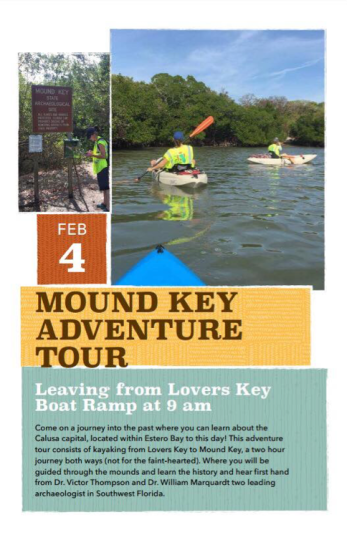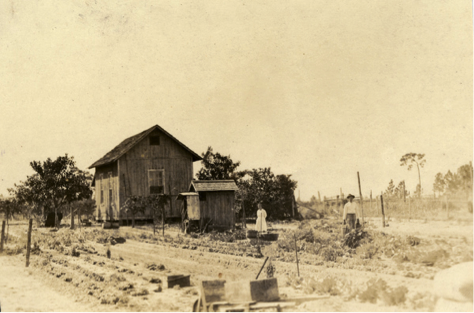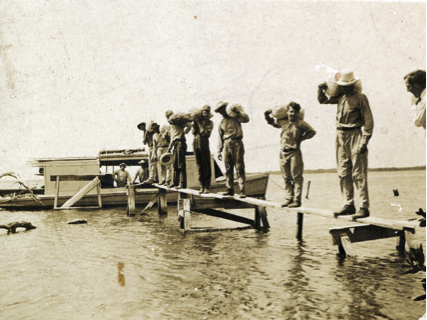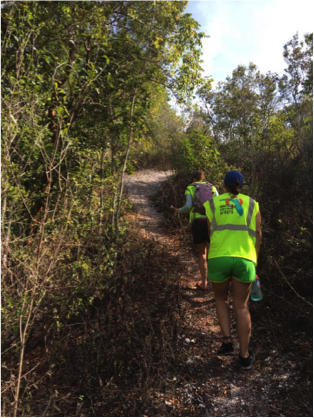Dig This! Public Archaeology in South Florida
The Florida Public Archaeology Network Southeast and Southwest, hosted by Florida Atlantic University
Welcome to Mound Key Mondays!
Welcome to Mound Key Mondays! This blog series will bring you more information about an important archaeological site in our area: Mound Key! Current excavations by researchers at the University of Georgia and the University of Florida are answering new questions about this incredible and important Calusa site. We will bring you information about the current excavations as they develop. You can also join us for a kayak adventure and walking tour of Mound Key on February 4, 2017 by Dr. Victor Thompson and Dr. William Marquardt, two of the leading archaeologists in our area. Even as we speak, they are excavating to find out more about this amazing site!

To Register for the kayak tour, follow this link!
But first, we want to give you some background on some of the history of this spectacular site!
Mound Key was once the capital of the Calusa Kingdom, a large pre-contact group that controlled most of southern Florida 1. The Calusa were once the most powerful group in South Florida, and even traded with interior southeast and Midwest groups for exotic materials2.

Figure 1 A map of Mound Key showing elevation (From Thompson et al. 2016, fig 2)
The highest point on Mound Key is located more than 30 feet above the waters of Estero Bay, making it one of the highest elevations in Lee County. In total, the island is comprised of 125 acres, 113 of which are managed by the Koreshan State Historic Site. This island is notable for its two large mounds: one at 18 feet, and the other that rises to 30 feet.
The huge mounds are made mostly of shells, which were piled high by the Calusa. Most of these shells were the left-overs from meals, but we know that the Calusa weren’t just piling up garbage and building houses on top, they very purposefully moved shells from one place to another to build these huge mounds1. The Calusa were fisher-gatherer-hunters and primarily relied on coastal resources for food. So, along with the shells of many different animals, archaeologists also find bones from a variety of fishes, including sharks, rays, and other creatures you can still find today in the estuaries of Estero Bay.
There are a variety of sizes and shapes of mounds in Florida that span thousands of years. During the time of the Calusa (around 100 BC to 1700AD) mound sites became the centers of political, economic, and religious power. We know from Spanish documents that Mound Key was the location of the Calusa capital, with at least one building that could hold up to 2,000 people! Smaller buildings would also have been constructed around the island.

Figure 2 Trail through the vegetation on Mound Key, Florida. Not before 1940. Black & white photoprint, 10 x 8 in. State Archives of Florida, Florida Memory.
Ponce de Leon, the Spanish conquistador, first made contact with the Calusa in 1513 near Estero Bay and Charlotte Harbor. The Calusa were aware of the Spanish goal to monopolize resources in the area, and did not welcome the Spanish upon their arrival. The Calusa were known as the “fierce people” due to this resistance against the Spanish; they often met the Spanish with well-coordinated war canoes full of archers.
The Calusa held off the Spanish for almost 200 years, longer than any other tribe in Florida. But in the end, the Calusa people were decimated through disease and violence, in part by other Native groups backed by the British. Many Calusa left Florida for Cuba in 1763, although it is likely that some stayed in Florida and joined other Native American groups, such as the Seminole.

Figure 3 Postcard showing “Grandma” and Frank Johnson vegetable farming behind their home on Mound Key. ca 1914. Black & white postcard, 9 x 14 cm. State Archives of Florida, Florida Memory.
In 1891, Frank Johnson and his wife, commonly known as Grandma Johnson, were given Mound Key based on their homestead rights on the island. In the 20th century, many of the Mound Key residents moved to mainland Estero, and the Johnson family sold the island to the Koreshan Unity in 1905. If you want to learn more about the Koreshan Unity, take a peek at our blog about Koreshan State Historic Site (https://digthispublicarchaeology.wordpress.com/2016/04/02/southwest-site-file-koreshan-state-historic-site/), and visit the site for yourself–it’s open year-round!

Figure 4 Postcard showing Koreshans taking produce off Mound Key to market via the “The Estero”. 19–. Black & white postcard, 9 x 14 cm. State Archives of Florida, Florida Memory.
Today, Mound Key is accessible by boat and most of the island is open to the public, with a sign posted trail leading you around the island

Figure 5 Hiking trail on Mound Key

Figure 6 One of the interpretive signs that explains the importance of fiber technology to the Calusa who lived here.
References
[1] Thompson VD, Marquardt WH, Cherkinsky A, Roberts Thompson AD, Walker KJ, et al. (2016) From Shell Midden to Midden-Mound: The Geoarchaeology of Mound Key, an Anthropogenic Island in Southwest Florida, USA. PLOS ONE 11(4). http://journals.plos.org/plosone/article?id=10.1371/journal.pone.0154611
[2] Marquardt, W. H. 2014 Tracking the Calusa: A Retrospective. Southeastern Archaeology 33(1):1-24.

Pingback: Mound Key Monday! Engineers of Mound Key | Dig This! Public Archaeology in South Florida